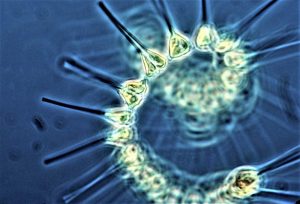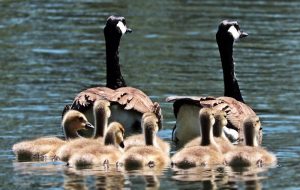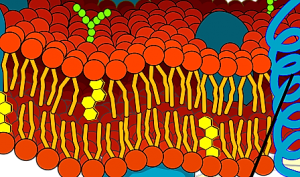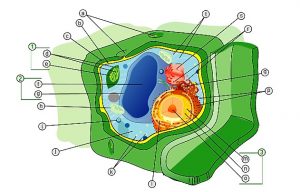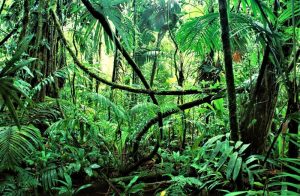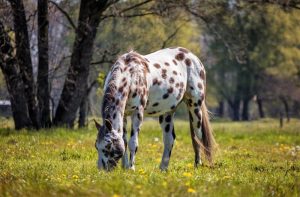Pluricellular organisms
Pluricellular organisms are a type of organisms that are composed of several cells, which are integrated differently and independently. Pluricellular organisms develop come along with cell specialization and division; cells become efficient and depend on other cells for their life needs.
What are pluricellular organisms?
Pluricellular organisms are those organisms composed of multiple cells. This number of cells can range from a few tens to several million and are classified into thirteen major groups of terrestrial life forms, including animals, plants, fungi, ciliates, algae and foraminifera.
Origin
Scientists have discovered a number of ways in which individual cells may have developed characteristics in multicellular life. These discoveries could even show how complex extraterrestrial life could evolve into alien worlds. The first known unicellular organisms appeared on Earth approximately 3.5 billion years ago, one billion years after Earth’s formation. The different life forms that are more complex lasted longer to evolve, and the first multicellular animals did not appear until about 600 million years ago. The evolution of multicellular life from simpler single-cell microbes was a turning point in biology history and has reformed the planet’s ecology.
Characteristics of pluricellular organisms
- Multicellular beings have different cell functions, cell development and specialized organs.
- They play vital roles within the organism, but generally, cannot survive outside it.
- Depending on the number of cells in an organism it will be its size, so unlike most unicellular organisms, multicellular life is usually macroscopic.
- All multicellular organisms are eukaryotes.
- They reproduce through meiosis and mitosis.
- They consist of a large number of different cells.
- They do not function independently but act together and need each other.
- When they group together, they form tissues.
Structure
Pluricellular organism structure depends on its cells organization, which have different types of levels, which are:
- Cell: it is the minimum unit that forms the living being.
- Tissue: the set of cells that have similar characteristics and functions.
- Organs: set of tissues that work together to achieve a certain function.
- Systems: the set of several organs that function in a coordinated way to play a certain role.
- Organism: living beings formed by sets of systems.
Pluricellular organisms role
Pluricellular organisms’ primary function is to create tissues, organs, systems and organisms that together, give life to living beings and their proper functioning. In this way, they collaborate with the functions of:
- Nutrition: it consists of giving an adequate use of the resources and maintain the homeostatic balance of the organism. It is the proper use of food that are responsible for maintaining body balance and its functions.
- Reproduction: allows species to reproduce and evolve.
- Coordination: they give an adequate movement coordination and the basic functions for life.
- Protection: systems such as tegumentary and bone system are responsible for providing protection, support and adequate movement to meet the basic needs for life.
Asexual reproduction
It is said that any reproductive process that does not involve meiosis stages is considered asexual. Because of the lack of new genetic material, an organism clones itself through this process and creates genetically identical organisms. Asexual reproduction is able to produce plants that are genetically identical to the original plant, because there is no combination of male and female gametes.
Traditionally, these plants survive well in stable environmental conditions compared to plants produced by sexual reproduction because they carry identical genes as their parents. In plants, there are two main types of asexual reproduction: vegetative reproduction and apomixis. An advantage of asexual reproduction is that the resulting plant will reach maturity more quickly, will be more resistant and can be produced by natural or artificial means.
Advantages and disadvantages of pluricellular organisms
Pluricellular organisms have several advantages that allow them to specialize in different cell groups. This is how the proper formation of different tissues and organs is achieved. A group of similarly differentiated cells that perform a certain function in a pluricellular organism is known as a tissue. Cooperation and interdependence of different cells are achieved. Each group of pluricellular beings has the ability to perform independent functions.
Their disadvantages include the problem of regenerating the entire organism from germ cells. Pluricellular organisms can suffer from cancer when cell growth regulation fails within the framework of normal development.
How to cite this article?
Briceño V., Gabriela. (2019). Pluricellular organisms. Recovered on 24 February, 2024, de Euston96: https://www.euston96.com/en/pluricellular-organisms/




